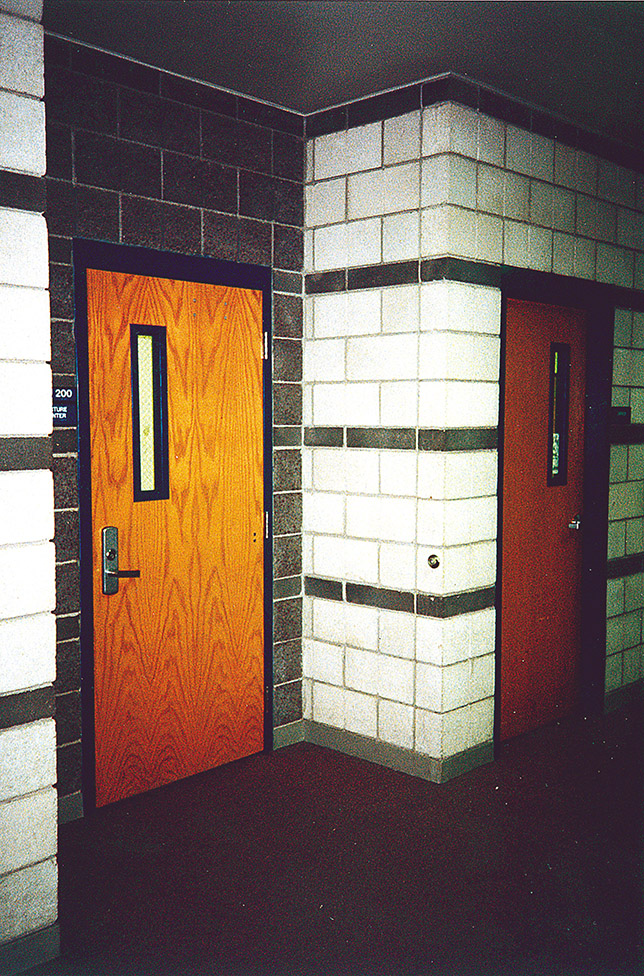Overly Door Company Introduces Taller Option
Overly Door Company in Greensburg, Pa., recently announced that it has introduced a larger version of its Wood Acoustic Door. Previously, the original maximum size was four feet wide and eight feet tall. This new option, the Tall Wood Acoustic Door, measures four feet wide and ten feet tall for all models 1-3/4” thick—as well as for the STC 50 model, which measures 2-1/4” thick.

The product is UL fire rated for 45 minutes according to UL Standard for Safety 10C, according to a press release. Other features include dual glazed vision lights, level swing hinges with fully mortised automatic door bottoms and Overly Cam-Lift Hinges with Super H door bottoms.
Overly offers FSC and non-FSC wood veneers, both traditional and exotic, finished in customized colors according to individual project needs. Non-traditional options include plastic laminates. Visit the Overly website for more information.
About the Author
Matt Jones is senior editor of Spaces4Learning. He can be reached at [email protected].